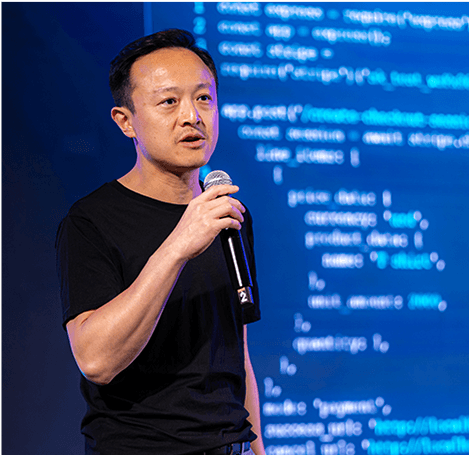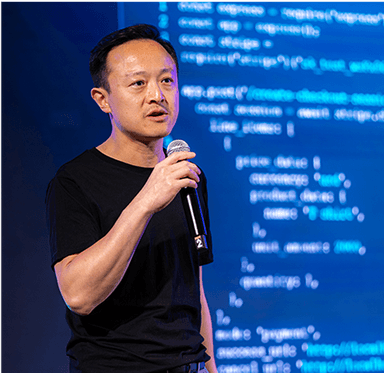How LightLink Achieves Gasless Swaps


We explore how LightLink's Enterprise Mode enables gasless swaps on decentralized exchanges. By utilizing the Celestia data availability layer and compression techniques, LightLink achieves low-cost transactions, allowing projects to cover users' gas fees and still remain profitable.
On average, Uniswap burns 10 ETH per hour in gas fees on Ethereum. Gas spending is lower on Layer 2 (L2) networks, but with LightLink, it can be zero. Imagine gasless swaps where you only pay trading fees, regardless of network activity.
In this blog post, we will briefly explain the gas model, LightLink's Enterprise mode, and how it enables users to trade without holding ETH in their wallets.
What are Gas Fees and How They Compare
There are two metrics to evaluate the cost-efficiency of Layer 1 (L1) and L2 chains: ETH transaction fee and token swap fee.
In Ethereum Virtual Machine (EVM) architecture, every on-chain action requires data to be computed and stored by nodes. To filter out potential spam transactions, these actions require users to pay fees in gas units.
For example, a simple ETH transaction requires up to 21,000 gas, while an ERC-20 token transaction might require 45,000 gas or more, depending on the computation's complexity.
Gas units are not free — users have to buy them with ETH. For example, if the price of one gas unit is 1 gwei, an ETH transfer will cost 21,000 gwei or 0.000021 ETH ($0.063). But when demand is high and blocks lack free space, users are willing to pay more for gas to have their transactions prioritized and included in the next block. This is why sometimes the cost of simple ETH transactions on Ethereum might rise to $40 or higher.
How L2 Fees Are Cheaper Than L1
L2 protocols solve the problem of expensive gas fees by offering higher throughput measured in transactions per second (TPS). While Ethereum can compute 15-20 TPS, L2s may handle hundreds or thousands. However, there is still competition, and gas prices on L2s can also rise.
Another factor preventing L2s from lowering gas fees to zero is that they have to post their data on L1 for security. The cost of such an L1 transaction is divided among all L2 users involved in that block, but it can never be zero.
As a result, while an ETH transaction on L1 costs $1.50 at the time of writing, the same ETH transaction on L2 costs $0.10-$0.30.
More expensive operations like token swaps on decentralized exchanges (DEXes) can cost up to $1, which is cheaper than on L1, but still not quite affordable. In any case, users need to hold ETH to operate on-chain.
How DEXes on LightLink Can Do Swaps Gas-Free
The LightLink team has developed an Enterprise Mode that enables gasless transactions directly from MetaMask or other wallets without requiring any additional actions. Enterprise Mode sets the 'tx.gasPrice = 0', so there is no need for additional contracts or special wallets.

Enterprise Mode operates like a subscription model for gas, allowing enterprises to whitelist their applications to provide gas-free transactions to their users at a fixed cost.
With the Hummingbird update, gasless transactions are achieved through the very low cost we incur in posting proofs to L1 (as we are only storing a hash, not all data supporting the reconstruction of transactions). The data for transactions is stored on the Celestia data availability layer, and we use compression techniques to keep the cost of using Celestia very low (reduced from 4-5 TIA down to 0.05 TIA).
As the gas price is fixed and LightLink's TPS is high enough to settle 100,000+ daily transactions with ease, it is beneficial for projects to pay users' gas fees upfront:
- Users do not need ETH to interact with the Web3 app.
- Buying gas via Enterprise Mode is ~9 times cheaper than buying it as usual.
- The project's team can accurately predict and manage expenses to cover them via regular usage fees paid in tokens.
To put things into perspective, let's compare Enterprise Mode expenses with regular gas fees. With Enterprise Mode, a project can get, for example, 1,050,000,000 gas units for $5,000 to be used in one month. Considering a typical AMM-based DEX on L2 consumes a maximum of 5,000 gas units per swap, this provides 210,000 gas-free transactions for users. That equates to $0.023 per swap. With larger packages, the cost per swap can go as low as $0.0023, meaning four swaps for just one cent.
With sustainable liquidity and volumes, a DEX on LightLink can pay for users' gas fees and be profitable with a fixed fee of $0.01 per swap that it might collect in any tokens.
During our Community Airdrop Phase 2 Campaign, users were tasked with bridging BNB and BUSD from BNB Chain to LightLink and swapping them on Elektrik — free of gas, of course.
Conclusion
Our Enterprise Mode makes transactions and swaps gasless from the users' perspective. This encourages people to use Web3 applications more often and provides a more user-friendly experience.
The LightLink team believes that the future of blockchain is in gasless transactions. We are working hard to make this future a reality for all LightLink users.






